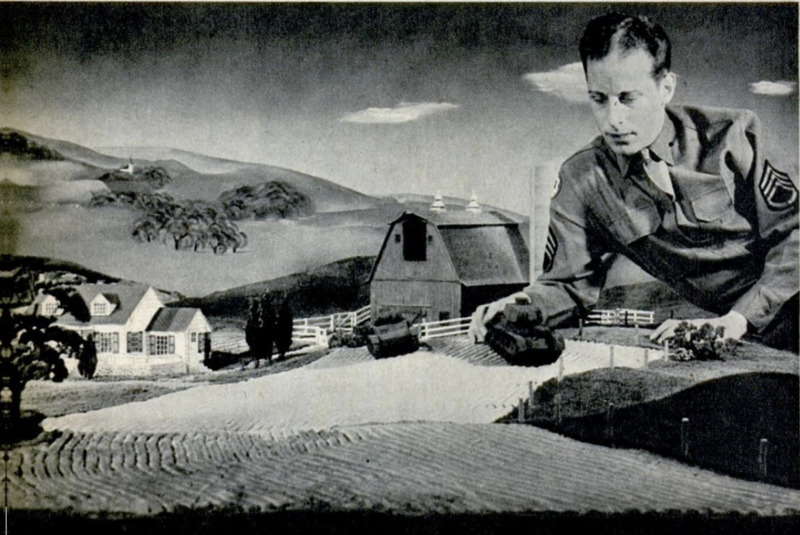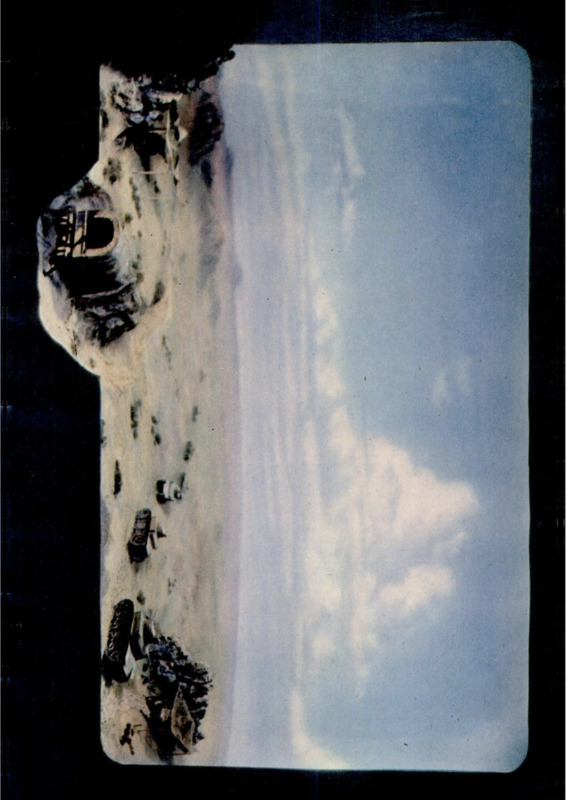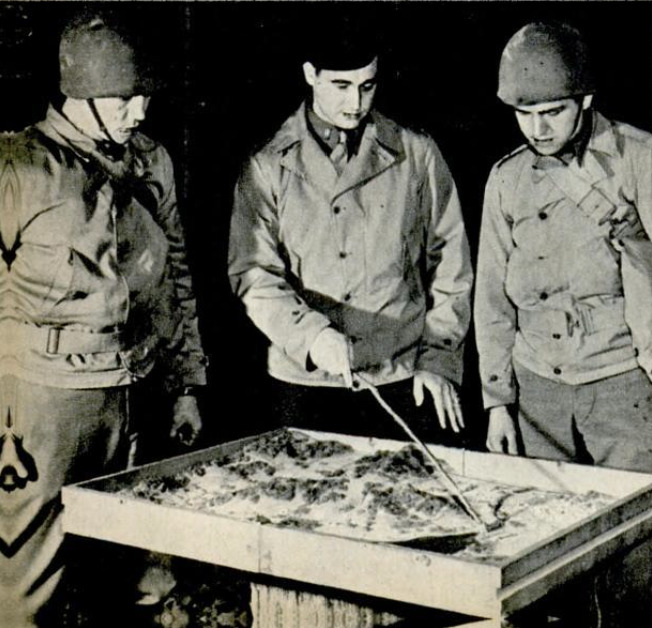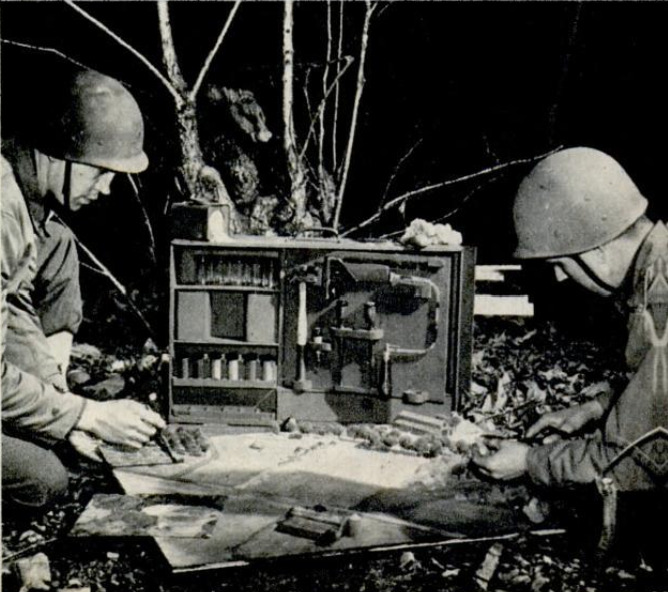Dioramas and scale models as instruments of war
Item
-
Title (Dublin Core)
-
Dioramas and scale models as instruments of war
-
Article Title and/or Image Caption (Dublin Core)
-
Title: Miniature battlefields save lives in invasion
-
Subtitle: Dioramas and scale models teach our soldiers how to win when they meet the real thing
-
extracted text (Extract Text)
-
exepert use of natural concealment and
camouflage safeguards the lives of our
troops in this global war. Beforehand
knowledge of difficult terrain along invasion
beaches and other prospective battlegrounds
makes it possible for our military leaders
to hit the enemy hard with minimum loss.
Our fighters knew what they were up against
in the Solomons, North Africa, and Sicily.
Victories resulted.
Some facts behind this achievement must
remain a military secret. But one part that
now can be told is the development of
dioramas and training models as instru-
ments of war, That project is a special task
of the U. S. Army's Corps of Engineers. At
engineer headquarters, you'll ind miniature
reproductions of coasts, deserts, and moun-
tain ranges where our troops have already
struck and where they're going to strike.
You'll find a beach scene in the Solomons
so realistic that you almost expect to see
Jap snipers dart from behind palm fronds.
Next to it is a strip of cold, blue coast line
in the Aleutians, with camouflaged anti-
aircraft units shown going into action.
Across the way is a hot, windy section of
Africa, which vividly illustrates the scant
camouflage possibilities and other challeng-
ing aspects of the desert. You get intimate
glimpses of a dozen war fronts in five
minutes without leaving that engineer work-
shop. These are the dioramas whose peace-
time development reached its peak during
the New York World's Fair three years ago.
Equally important in teaching camouflage
and familiarizing officers and men with
foreign terrain are the Army's training
models. They differ from dioramas in that
they depict terrain on a set scale, instead of
tapering to give the illusion of distance.
Models give you aerial views of beaches,
hills, woods, bridges, lakes, and villages.
They vary in size from one 20 by 40 inches,
which can be packed in a carrying case, to
a huge layout of an invasion coast that
depicts miles of ocean frontage as it would
-
Contributor (Dublin Core)
-
Jack O'Brine (article writer)
-
William W. Morris (photographer)
-
Language (Dublin Core)
-
eng
-
Date Issued (Dublin Core)
-
1944-01
-
pages (Bibliographic Ontology)
-
84-86
-
Rights (Dublin Core)
-
Public Domain (Google digitized)
-
Archived by (Dublin Core)
-
Lorenzo Chinellato
-
Marco Bortolami (editor)
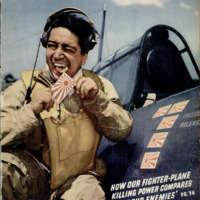 Popular Science Monthly, v. 144, n. 1, 1944
Popular Science Monthly, v. 144, n. 1, 1944

